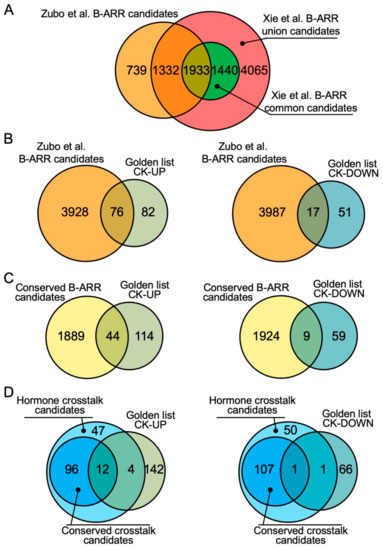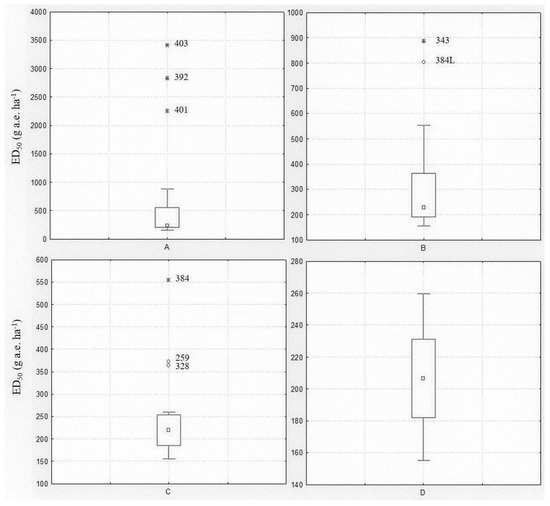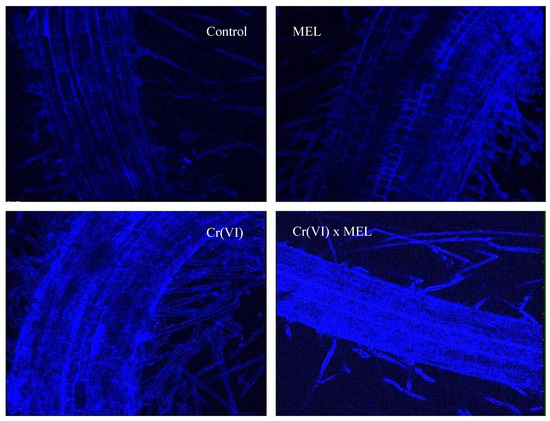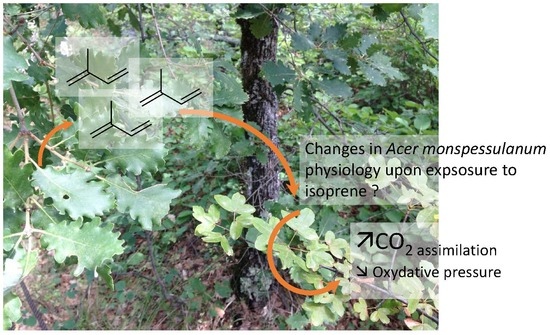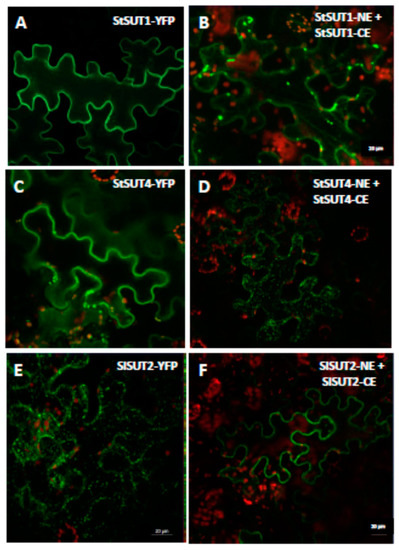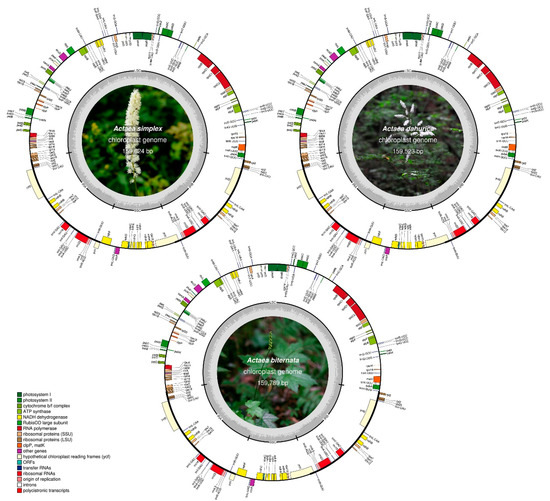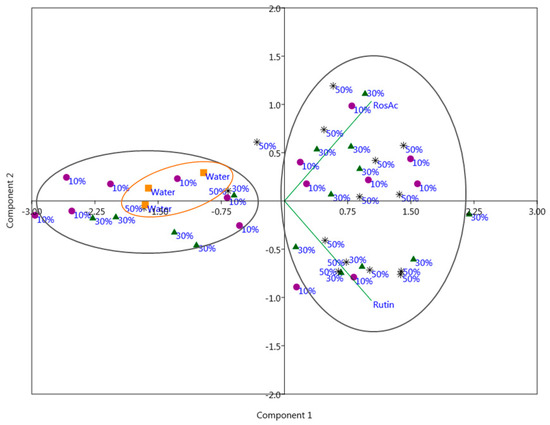Plants 2020, 9(2), 166; https://doi.org/10.3390/plants9020166 - 30 Jan 2020
Cited by 42 | Viewed by 6669
Abstract
Cytokinin is an important phytohormone that employs a multistep phosphorelay to transduce the signal from receptors to the nucleus, culminating in activation of type-B response regulators which function as transcription factors. Recent chromatin immunoprecipitation-sequencing (ChIP-seq) studies have identified targets of type-B ARABIDOPSIS RESPONSE
[...] Read more.
Cytokinin is an important phytohormone that employs a multistep phosphorelay to transduce the signal from receptors to the nucleus, culminating in activation of type-B response regulators which function as transcription factors. Recent chromatin immunoprecipitation-sequencing (ChIP-seq) studies have identified targets of type-B ARABIDOPSIS RESPONSE REGULATORs (ARRs) and integrated these into the cytokinin-activated transcriptional network. Primary targets of the type-B ARRs are enriched for genes involved in hormonal regulation, emphasizing the extensive crosstalk that can occur between cytokinin, auxin, abscisic acid, brassinosteroids, gibberellic acid, ethylene, jasmonic acid, and salicylic acid. Examination of hormone-related targets reveals multiple regulatory points including biosynthesis, degradation/inactivation, transport, and signal transduction. Here, we consider this early response to cytokinin in terms of the hormones involved, points of regulatory crosstalk, and physiological significance.
Full article
(This article belongs to the Special Issue The Plant Two-Component System)
►
Show Figures
